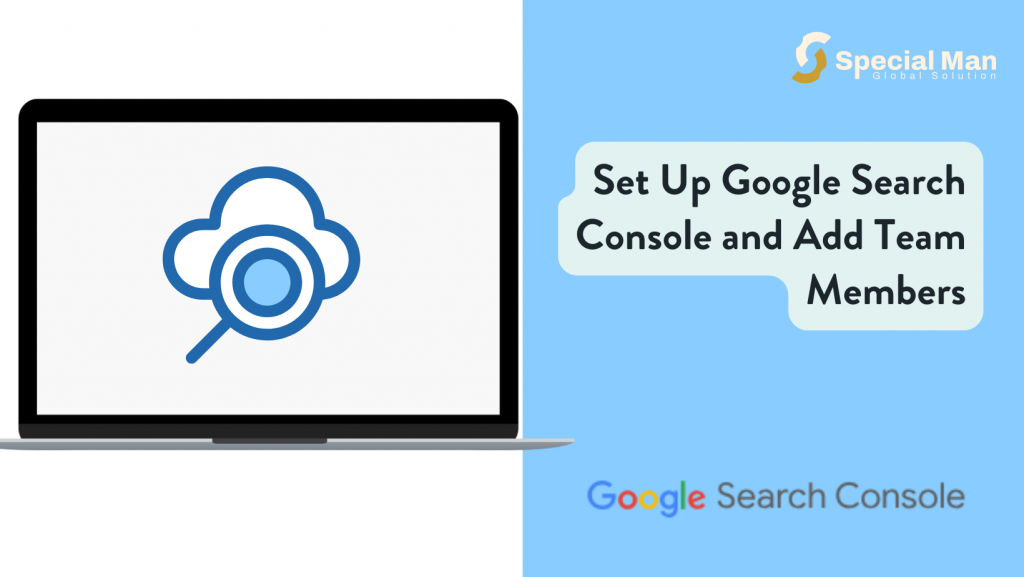A pitch deck is a visual presentation to give potential investors or partners an overview of your business, product, or idea. It’s an important tool for securing funding or attracting interest in your project.
If you’ve never created one before, don’t worry! This guide will walk you through the basics in an easy-to-understand way.
So, what is a Pitch Deck?
A pitch deck is a set of slides that tells the story of your business or project. It sometimes can contain 10–15 slides but that is not the focus. Primarily, it shows your audience key information about your company or idea, how it solves a problem, and why it’s a great investment opportunity for them today.
Step-by-Step Guide to Creating a Pitch Deck
1. Start with a Strong Title Slide
Your first slide should introduce your company and grab your audience’s attention. Include:
- Your company or idea name
- Tagline (a short phrase that explains what your company does)
- Logo (if you have one)
- Your name and contact information
2. Company Overview
Talk about who you are- what your company is about, its vision, mission, and values. Discuss a bit about the story behind the brand and what inspires its creation.
3. Problem Statement or Problem to be solved
In this slide, explain the problem you are solving by identifying the pain points and challenges. Keep it clear and simple. Investors need to understand why your solution is necessary and important.
4. Solution- Your idea or Company
Next, show how your business or product solves the problem. Explain how it works and why it stands out from its alternatives in the market. This helps investors understand the market need for your idea. Ensure to identify your unique selling proposition. Presenting a compelling solution that directly addresses the problem is essential.
5. Market Analysis
This section highlights the size, growth potential, and demand for your product. Start by presenting the market size with data showing industry growth. Identify your target market, their pain points, and how your product solves them. Include a brief competitor analysis and emphasize what sets you apart. If available, provide customer insights or surveys to validate demand. This shows investors that your business is entering a growing market with strong potential.

6. Product or Service Demo
If available, provide a simple demo of your product or service. Use screenshots, product photos, or short descriptions to show how it works. If a demo is not available, you can describe how your product or service will eventually serve your market. Be as vivid as possible.
7. Business Model
This slide explains how your business makes or will make money. This should clearly explain the value you offer to customers and how you plan to monetize it. Investors need to know that your business is profitable or will be in the future.
8. Marketing and Sales Strategy
Explain how you plan to attract customers and grow your business. This includes marketing campaigns, advertising, and partnerships. Focus on your marketing and growth strategy.
9. Financial Projections
This slide should give a simple overview of your financial forecasts. Break down your revenue streams, expenses, and projected growth in a detailed and concise manner. Include key metrics, cost structure, profit margin, cash flow projections, funding plan, and sales forecast.
10. Team
Introduce the team behind your business. Investors like to know they’re backing people with the skills to make the business successful. If you don’t have a team yet, no problem. Tell them about yourself and the people you hope to work with to achieve your vision.
11. The Ask
Finally, explain what you are asking for. This is where you tell investors how much money you need and what you will use it for.
Tips for Creating an Effective Pitch Deck
1. Keep it Simple – Your pitch should focus on the problem, your innovative solution, and why it will succeed.
2. Tell a Story – Take the audience on a journey from the problem to your solution. Be clear about your vision and how you plan to execute it. Make sure your slides flow logically.
3. Be Visual – Use images, diagrams, and graphs to illustrate your points and engage your audience.
4. Be Prepared for Questions – Investors may ask tough questions. Be ready to explain your business in detail. Investors like to see founders who are passionate about their ideas. Show them why you believe in your idea!
Conclusion
Creating a pitch deck doesn’t have to be complicated. By following this guide and keeping your message clear and focused, you’ll be able to create a presentation that makes investors excited about your business. Remember, the goal of a pitch deck is to capture interest, so keep it engaging, and don’t overwhelm your audience with too much detail. Good luck!
Additional resources
How to Pitch your Startup in 3 Minutes
13 Pitch Deck Design Tips for Creating the Perfect Startup Pitch
HOW TO PITCH TO INVESTORS LIKE A PRO!
What investors ACTUALLY want to see in your PITCH DECK.
Cool Slide Templates: https://slidesgo.com/ or https://www.canva.com/



